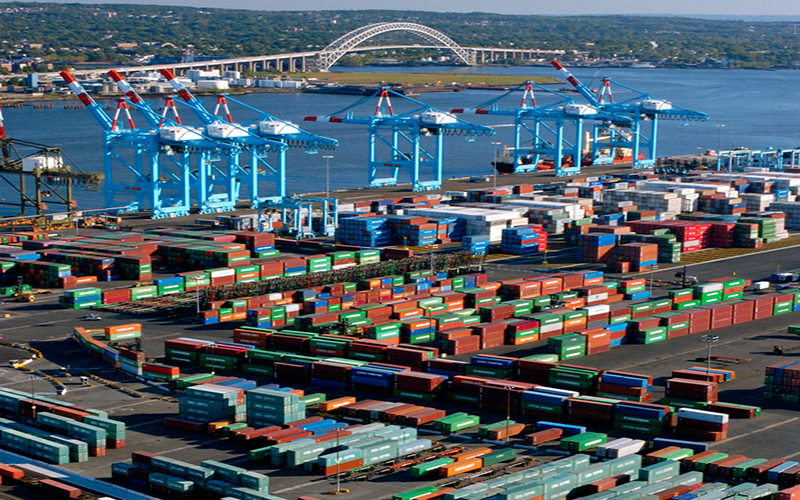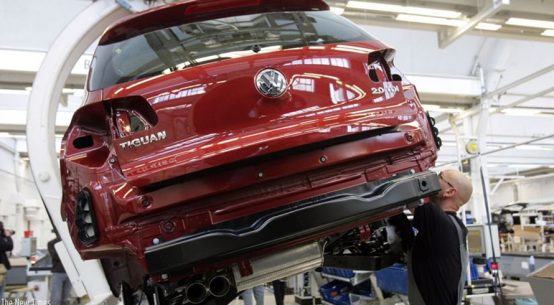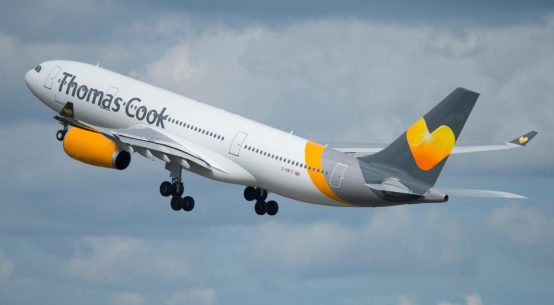
Port of NY and NJ
The port handled a record 6.71 million TEUs last year, partially fueled by the completion of the Bayonne Bridge project in June 2017, allowing ships up to 18,000 TEUs to call terminals west of the bridge, thanks to the new 215-foot clearance height.
New York (American Shipper) – The Port of New York and New Jersey handled 6.71 million TEUs in 2017, surpassing the previous annual container volumes record of 6.37 million TEUs in 2015 by 5.3 percent, the Port Authority of New York and New Jersey revealed Monday.
The record volumes allowed the port to maintain its position as the third largest port in the United States, trailing behind the Port of Los Angeles and the Port of Long Beach.
The Port of New York and New Jersey captured a 15.4 percent market share last year in the U.S. and was the busiest port on the U.S. East Coast with a 32 percent share.

China remained the top import country serving the port last year, with 1.05 million import TEUs. Following China was India with 210,811 import TEUs, and Germany with 197,363 import TEUs. Top import commodities included furniture, appliances and beverages.
During the year, 2,011 containerships called the port, down from 2,184 calls in 2016 and 2,251 in 2015. “The fewer vessel calls illustrate that much of the containerized cargo coming into the port is arriving in larger more environmentally friendly ships, a trend the port expects will continue now that the Bayonne Bridge has been raised,” the port explained in a statement.
The Bayonne Bridge Navigational Clearance Project, which was completed in June 2017, raised the clearance under the crossing from 151 feet to 215 feet, allowing ships as large as 18,000 TEUs to sail beneath the bridge to port facilities in Newark, Elizabeth and Staten Island.
In the wake of the bridge raising, one of the port’s major shipping lines, CMA CGM, began a new service to the port using primarily 14,000-TEU ships.
“The investment we made to raise the Bayonne Bridge is clearly paying dividends by driving up cargo volumes and significantly boosting the jobs and economic activity the port generates for the region,” Port Authority Executive Director Rick Cotton said.
In addition to containerized cargo, the port recorded a 14.3 percent increase in vehicles imported into its public berths, from 505,151 handled in 2016 to 577,223 handled in 2017.
The growth was largely driven by a targeted incentive program that has been in place since 2014 to attract new automobile manufacturers and provide incentives to existing ones to increase the port’s vehicle volumes.
ExpressRail, the port authority’s ship-to-rail system serving New York and New Jersey marine terminals, also set a new record in 2017, handling 567,649 container lifts, a 5.1 percent increase over the previous record of 540,149 container lifts set in 2016.
In 2017, ExpressRail accounted for 14.8 percent of all container lifts at the port. The port authority’s goal is for ExpressRail to account for 20 percent of container lifts by 2020.
To achieve the goal, the port authority has invested over $600 million in its intermodal rail infrastructure, and the upcoming completion of the ExpressRail Port Jersey intermodal rail facility currently under construction is expected to allow for full on-dock rail capability servicing the GCT-Bayonne marine terminal in Port Jersey.
For more Logistics News, Follow us on TWITTER Follow us on FACEBOOK
The new ExpressRail Port Jersey intermodal facility, slated to open this December, will add 250,000 lifts per year in rail capacity to the port, yielding a total port-wide capacity of 1.5 million lifts per year.








